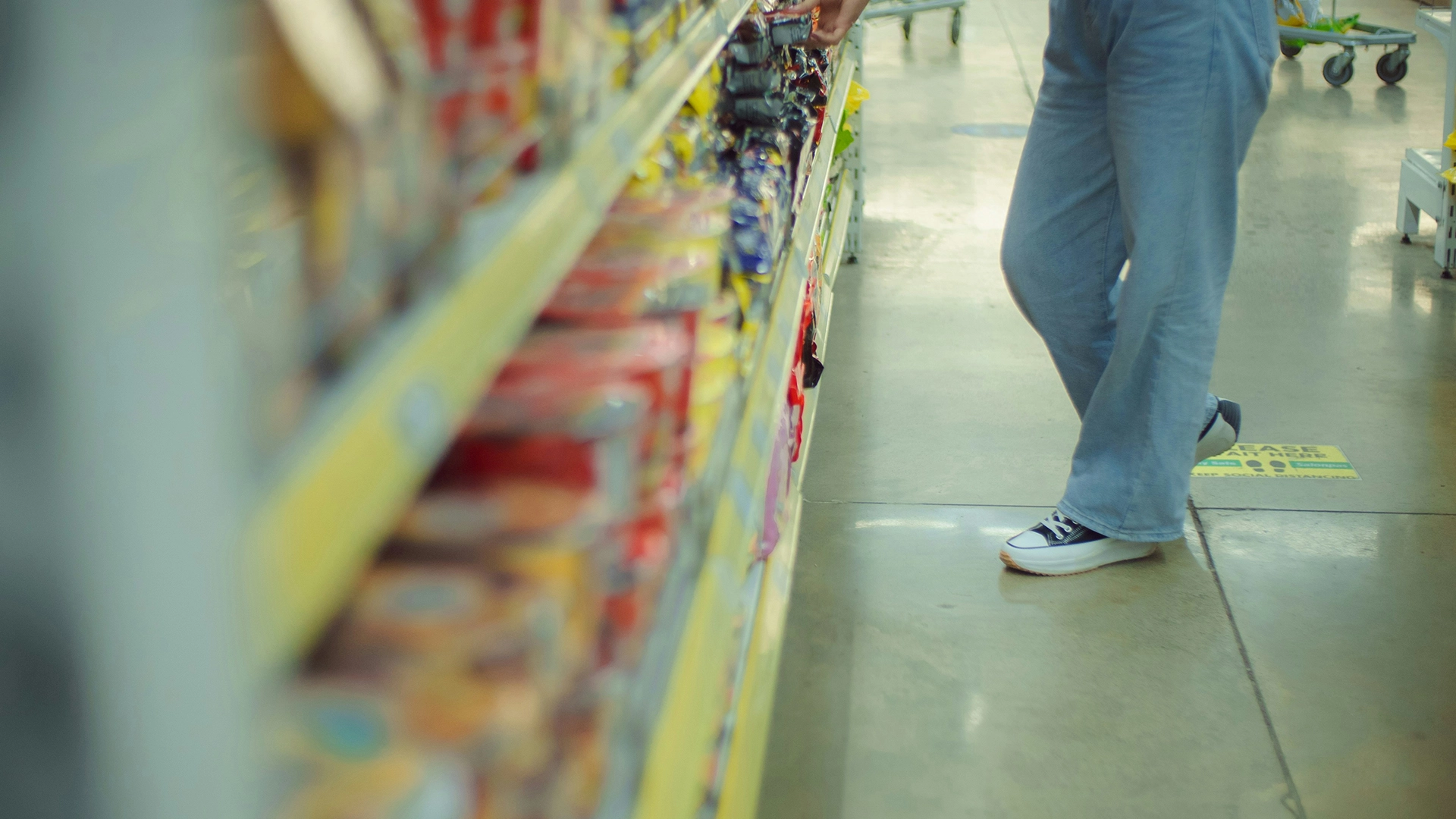
Image by Jeremiah Lazo, from Unsplash
Retailers Use AI To Catch Shoplifters
A Paris-based startup is using AI to detect shoplifting in retail stores through gesture recognition technology that does not involve profiling.
In a rush? Here are the quick facts:
- Veesion uses AI to detect shoplifting through body movement, not appearance.
- System sends alerts to store staff when suspicious gestures are detected.
- One store halved inventory losses in three months using the tech.
The gesture-recognition algorithm, developed by Veesion under the leadership of Benoît Koenig, uses in-store security camera footage to analyze movement patterns. The system generates brief video alerts to store staff when it detects suspicious gestures.
“The algorithm doesn’t care about what people look like. It just cares about how your body parts move over time,” Koenig told Business Insider.
The security system from Veesion operates by analyzing physical actions, instead of monitoring people or using facial recognition technology typical of older security systems. This helps avoid privacy concerns and bias while improving theft detection. Business Insider reports that this new system operates in more than 5,000 stores located throughout Europe, North America, and Canada.
Koenig, whose uncle runs three supermarkets in Paris, understands the impact of theft. “It’s not glamorous, but the ROI is quite direct,” he said to Business Insider. “You’re going to arrest shoplifters, recover inventory, and save money,” he added.
Business Insider reports that a U.S. retailer achieved a 50% reduction in losses from the health and beauty section after implementing Veesion’s system during its first three months of operation.
Koenig reports that the system produces relevant alerts in more than 85% of cases while also serving as a theft prevention tool for internal staff. “They know there is an AI in the cameras, so they’re going to be careful with what they do,” he said to Business Insider.
A $43 million funding will allow Veesion to expand its operations in the U.S. market, as retailers seek alternative solutions to product locking, as noted by Business Insider.
“This is much more than just recovering a few bucks,” Koenig said to Business Insider. “It’s about creating safer, smoother shopping experiences while keeping losses under control,” he added.


 Previous Story
Previous Story

 Latest articles
Latest articles 